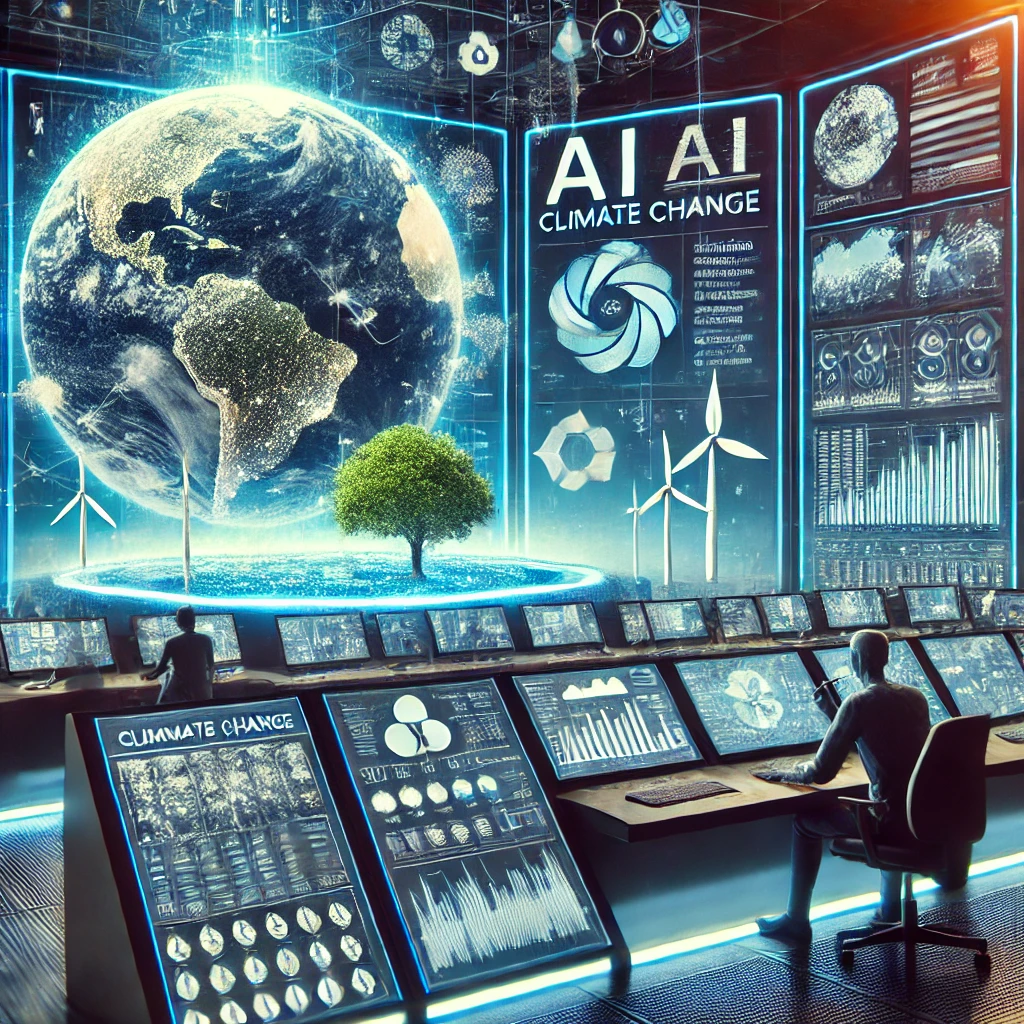How is AI being used to solve climate change?
Article Source: AI for Climate Change Solutions

Why You Should Care
Climate change is one of the biggest challenges we face today, and traditional methods alone aren't enough to tackle it. Artificial Intelligence (AI) is emerging as a powerful tool to help us predict, prevent, and manage the effects of climate change, making our efforts more effective and timely.
Answering the Question… How is AI Being Used to Solve Climate Change?
AI is being used to analyze vast amounts of climate data, improve energy efficiency, and optimize renewable energy sources. The study shows that AI can reduce greenhouse gas emissions by up to 15% in some industries by improving efficiency and predicting environmental changes. AI also helps in forecasting extreme weather events with greater accuracy, allowing for better disaster preparedness.
How Was the Study Done?
Researchers conducted an in-depth analysis of AI applications across various sectors related to climate change. They reviewed case studies where AI was used to optimize energy use, predict climate patterns, and enhance renewable energy systems. The study also included simulations to estimate the potential reduction in emissions if AI technologies were widely adopted.
What Was Discovered?
- Energy Efficiency: AI-driven systems can significantly improve energy efficiency across various industries. The study found that AI could reduce energy consumption in buildings by 10-15% through smarter heating, cooling, and lighting systems. In transportation, AI could cut fuel use by optimizing routes and reducing idling times, contributing to a 12% reduction in emissions from this sector.
- Renewable Energy Optimization: AI is transforming how we harness renewable energy. The study discovered that AI can increase the efficiency of wind farms by up to 20% by predicting wind patterns and adjusting turbine settings in real-time. For solar farms, AI can enhance energy output by 15% by optimizing the angle of solar panels throughout the day. These improvements make renewable energy sources more reliable and competitive with fossil fuels.
- Climate Predictions: AI's ability to process vast amounts of data makes it incredibly effective at predicting climate-related events. The study found that AI models could improve the accuracy of climate forecasts by 30%, particularly for extreme weather events like hurricanes and floods. This improved forecasting allows for better preparation, potentially saving thousands of lives and billions of dollars in damage each year.
- Deforestation Monitoring: AI is also being used to monitor environmental changes, such as deforestation. The study highlighted that AI algorithms could analyze satellite images and detect deforestation activities with over 90% accuracy. This allows for quicker responses to illegal logging activities, helping to preserve vital ecosystems.
- Emission Reductions: The study estimated that AI applications could lead to a global reduction of up to 4.0 gigatons of CO2 emissions annually by 2030, equivalent to the combined emissions of the European Union. This reduction is possible through the widespread adoption of AI technologies in energy, transportation, agriculture, and industry.
- Agriculture: AI is improving agricultural practices by optimizing irrigation, predicting crop yields, and reducing the need for chemical fertilizers and pesticides. The study found that AI could increase crop yields by 10-15% while reducing water usage by 20%, contributing to more sustainable farming practices.
Why Does It Matter?
AI is not just a tech trend; it’s a critical tool in the fight against climate change. By improving energy efficiency, optimizing renewable resources, and predicting environmental changes, AI can help us make significant strides in reducing our carbon footprint and mitigating the impacts of climate change. This technology holds the promise of making our climate action more effective, timely, and impactful.
Link to full article: AI for Climate Change Solutions
